In June last year, property developer Stephen McCleane bought a house for just under €1 million without even seeing the upstairs area. The property at 30 Merlyn Road, Ballsbridge, had become an eyesore following the collapse of the property market.
Its location in the middle of Dublin 4 belied its decrepit state. The stairs had been removed by the previous developer, who abandoned it mid-job having run out of money to complete it.

When McCleane got access to the upstairs area after he bought the property, he was shocked: “It was like buying a pig in a poke. The roof covering on the dormer bedroom was not suitable for the pitch of the house and there was water coming through. We knew it was going to be in a fairly bad state. It was very shocking when we did get up there.”
The original developer had bought the house at auction for about €1.5 million in spring 2008 with a view to refurbishing it and selling it on at a healthy profit. But then the roof fell in on the Irish economy and the Merlyn Road property was a casualty.

The property was left with wires hanging from the wall and water pouring through the ceilings. There was no kitchen, bathroom or staircase. The gate was padlocked and weeds grew unchecked to a great height in the garden.
The property came to the attention of Dublin City Council in 2010. It was listed on the derelict sites register in April 2011, but nothing was done about it until February last year.

All local authorities are under pressure to deal with the housing crisis – none more so than Dublin City Council, which has the most acute shortages. The council placed a compulsory purchase order (CPO) on the property and put a notice in the newspapers. Despite its prestigious address, nobody came forward to claim the property within the allotted 30-day notice period.
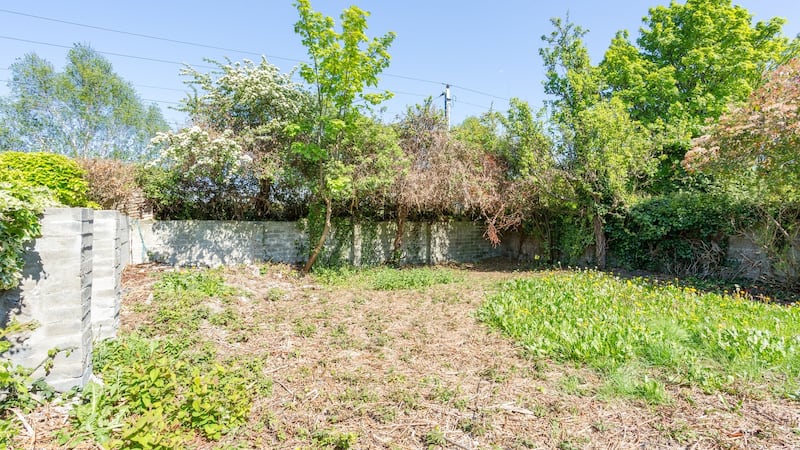
The property was sold in the same state at auction in June 2017 by Lisney estate agents for €980,000. And so Dublin City Council acquire a house worth almost €1 million for nothing.
‘Happy result’
It transpired that the house was owned by the Promontoria fund (which had taken on the debt attached to the house) and it has since come forward to claim compensation for the property.
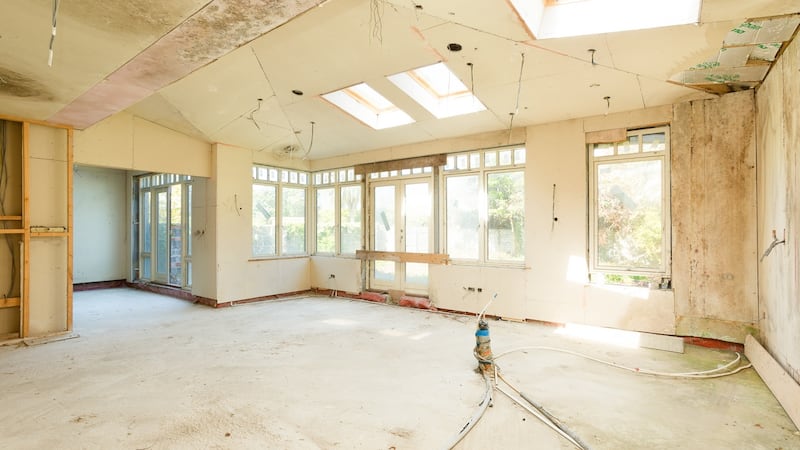
It will receive the proceeds of the sale, less a derelict sites levy. The levy means a net gain for the council of more than €100,000. "It's a very happy result for everyone and for the neighbours who are very pleased about the outcome," says David Garvey, the chief valuer in Dublin City Council.
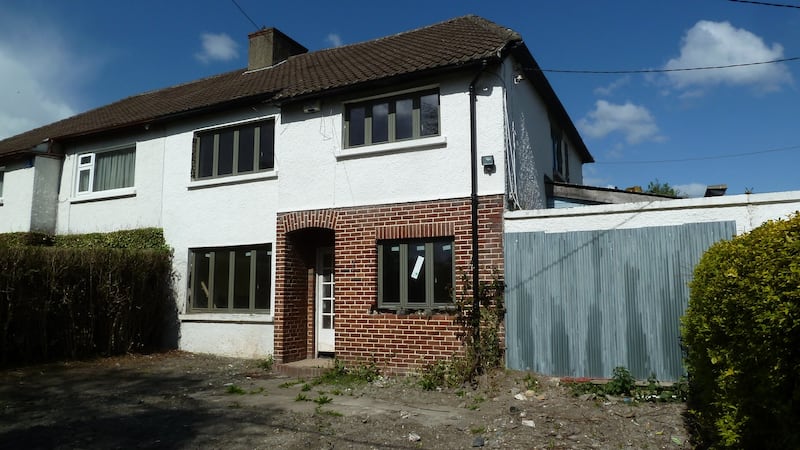
To date the council has vested (acquired) 11 properties by compulsory purchase and 10 of them have been converted to social housing except Merlyn Road. The council took the decision that given the location and size it would be better to put Merlyn Road on the open market.
Of the other houses, two are in Finglas, two in Rialto and one each in Crumlin, Beaumont, Phibsborough, Finglas, Rutland Street and Creighton Street in the city centre.

In the coming weeks the council intends to take eight further properties, which have been abandoned into its possession once there are no objections from their owners.
“We are putting a lot of staff resources into this whole area. It is likely to grow into the hundreds of properties down the line,” Garvey says.
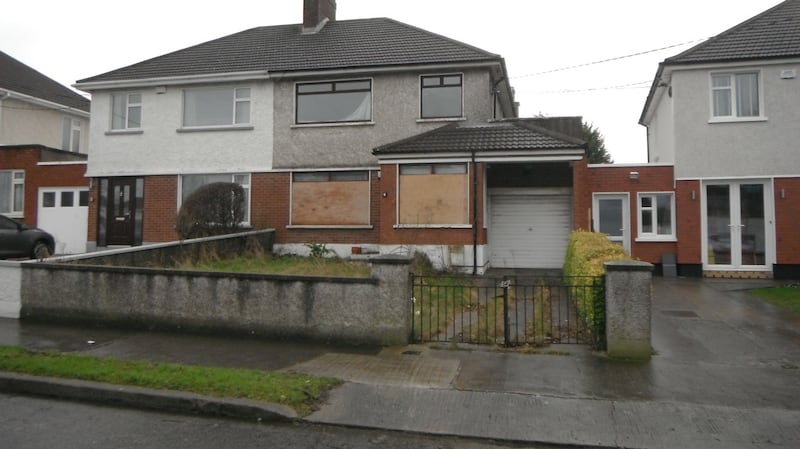
Louth County Council has also pursued a similar strategy in recent times and taken 70 properties into its possession. Louth's efforts to bring abandoned properties back into use have been praised by both the Taoiseach Leo Varadkar and the Minister for Housing Eoghan Murphy.
Positive impact
Garvey concedes the number of properties seized in Dublin is currently small, but he believes the council’s activities are having a positive knock-on impact.
“One of the happy results of our interventionist approach has been that people are doing good work to properties to take them out of the reach of the Derelict Sites Act. This is acting as an incentive for people to move forward,” he says.
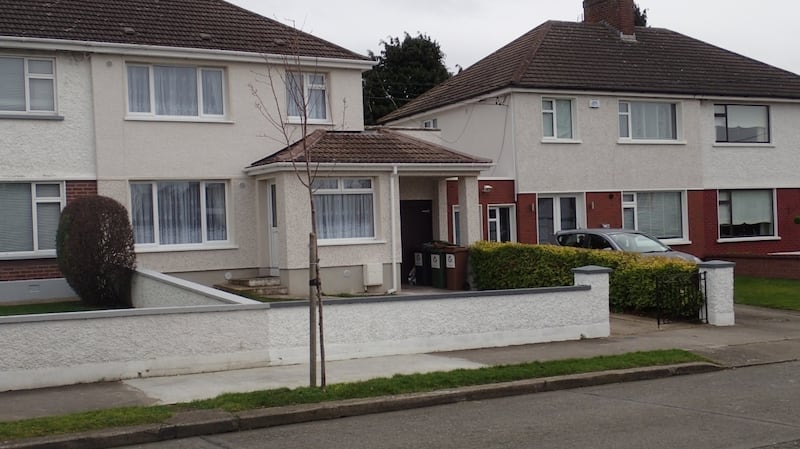
He also believes the vacant sites levy introduced under the Urban Regeneration and Housing Act 2015 will generate significant funds for the council and also encourage more owners to bring vacant sites back into use or sell them.
Garvey estimates that the council could earn up to €7 million per annum from the levy, which starts at 3 per cent of the valuation of the site for the first year, rising to 6 per cent in subsequent years.
The completely refurbished No 30 Merlyn Road was placed on the market recently by Lisney and last week went sale agreed on the asking price of €1.495 million.
Lisney director David Bewley, who handled the auction of the property last year, said the transformation has been "incredible" given the state it had been in.
“What is terrible is the intervening eight years when it lay idle and irritated the neighbours,” Bewley says. “This is a good place for the council to start acquiring properties. Within reason, it should be happening everywhere. They should be proactive in seizing these properties. They are the only ones who can do it.”



















